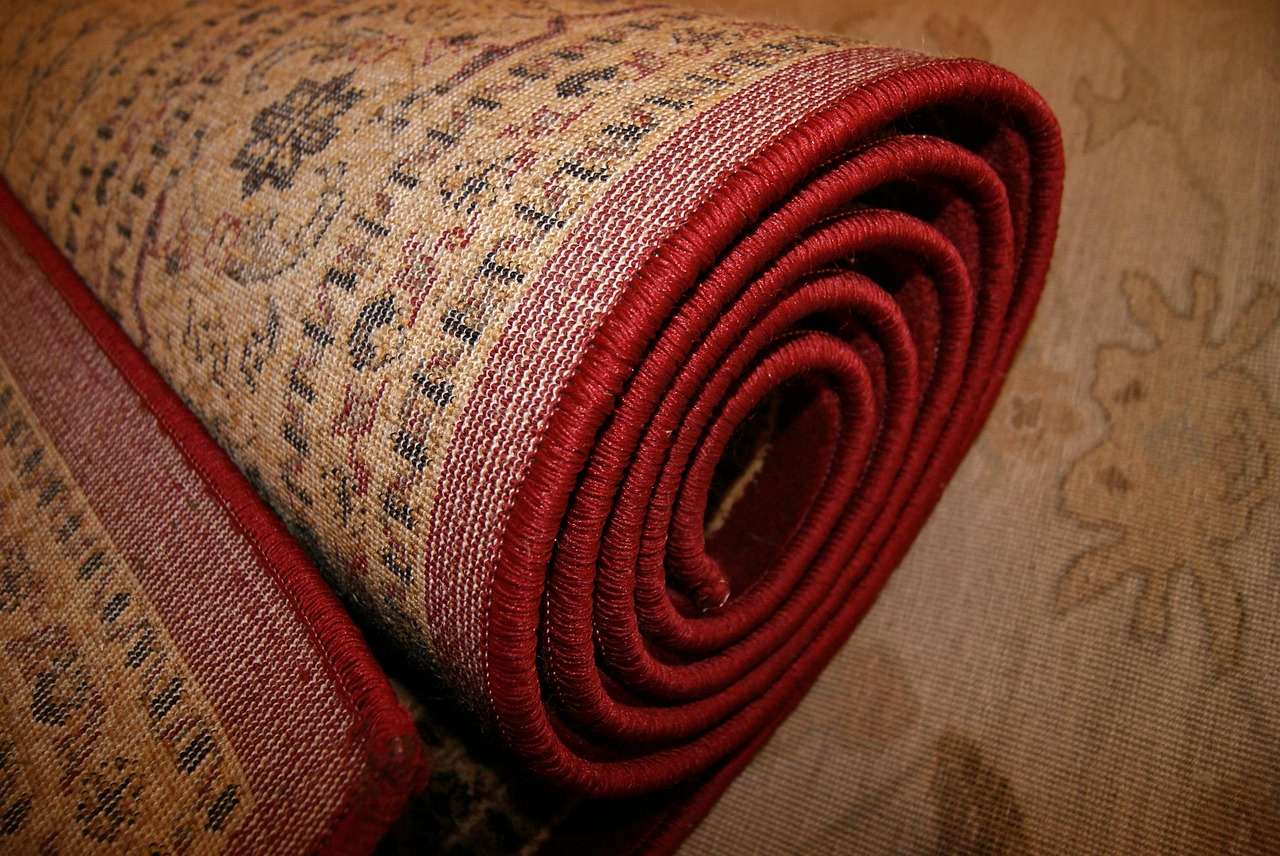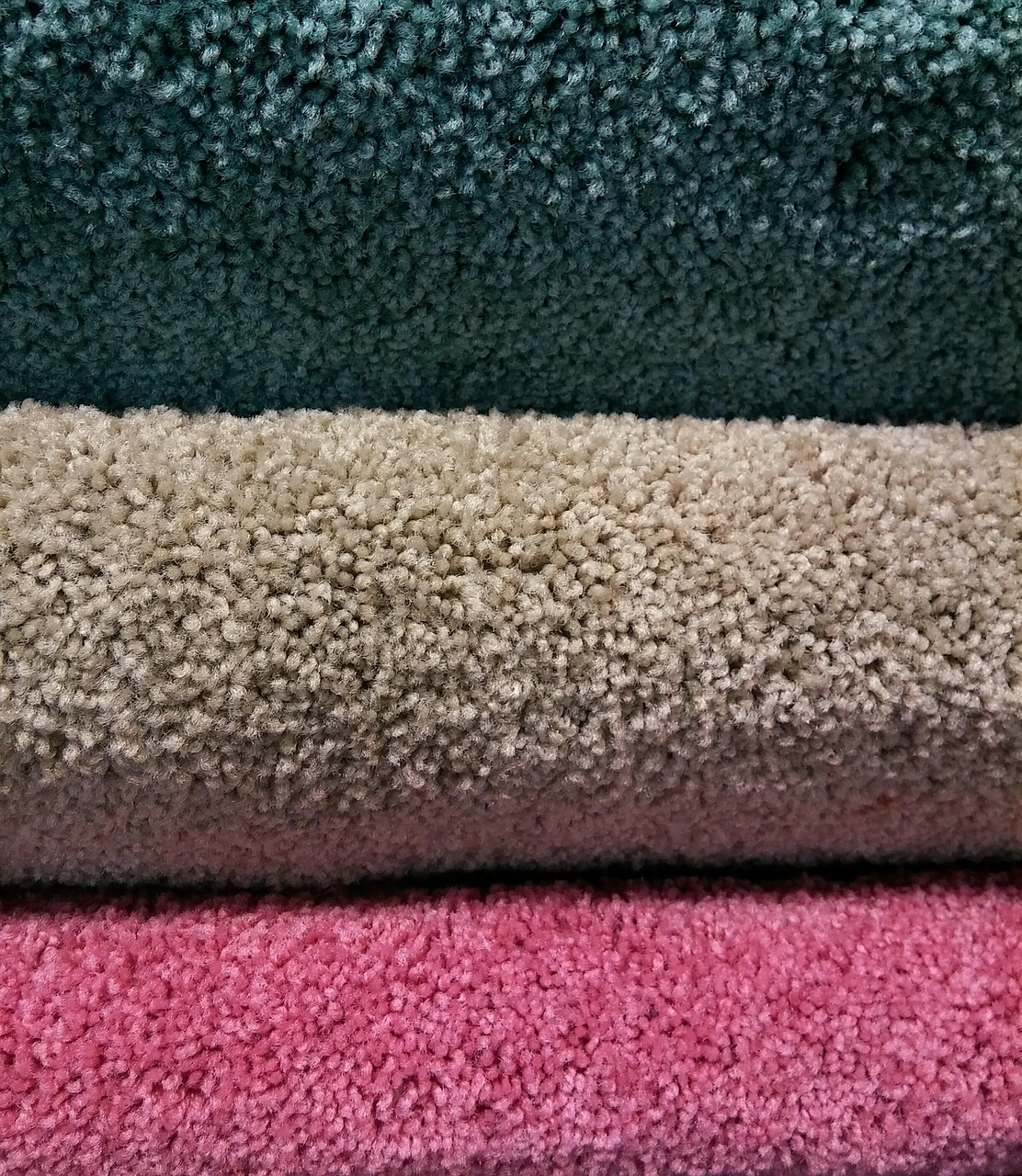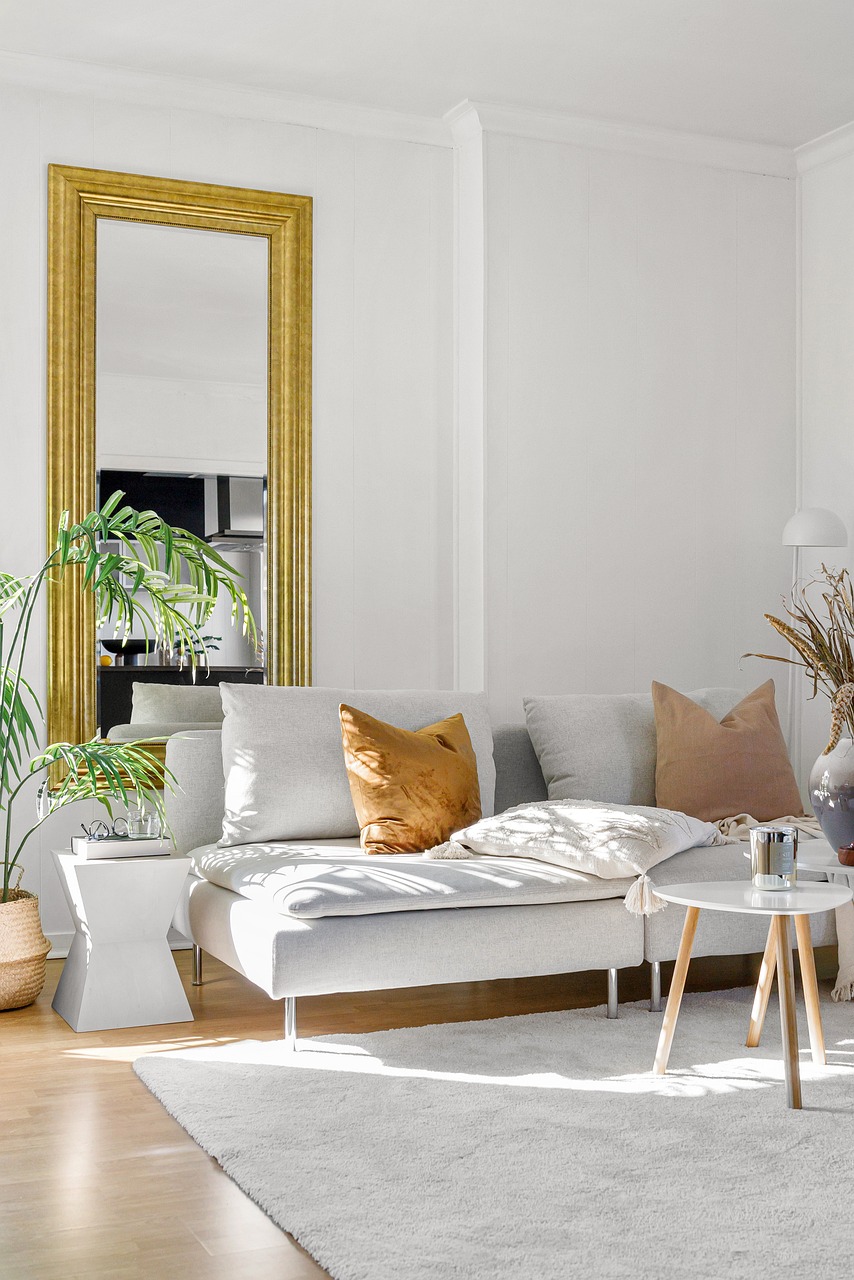Imagine walking into a living room that should feel welcoming, but something’s off. The furniture is stylish, the walls are painted just right, but the vibe is unsettled. Nine times out of ten, the culprit is underfoot—a rug that’s quietly sabotaging the space. Rugs have the power to elevate or destroy a room’s atmosphere instantly. They ground your furniture, set the mood, and connect everything together. But if you choose the wrong one, every design decision you’ve made can suddenly feel out of sync. A rug isn’t just a background detail; it’s the heart of your living space—and if yours isn’t right, you feel it every time you step inside.
The Wrong Size Can Cripple Your Space
A rug that’s too small makes your living room look like it’s floating in a sea of empty floor. It leaves your furniture stranded, which breaks up the flow and shrinks the room visually. On the flip side, an oversized rug can make everything feel squeezed and disproportionate, swallowing up the unique features you want to highlight. Imagine a rug ending awkwardly under your coffee table, leaving your sofa legs teetering in no-man’s land—that’s a recipe for a space that feels unfinished and uncomfortable. Designers recommend that at least the front legs of your main seating pieces sit on the rug. This anchors the room and draws everything together, creating a sense of harmony. According to a Houzz survey, rooms with properly sized rugs are rated 25% more visually appealing by homebuyers. Size truly sets the stage for everything else.
Color Choices That Clash

Color isn’t just about looks—it’s about mood. The wrong rug color can turn your living room from a cozy haven into a visual headache. If your walls are a tranquil blue and your rug is a jarring red, expect to feel unsettled every time you walk in. Color psychology tells us that mismatched hues can cause stress and tension, even if you can’t put your finger on why. On the other hand, a well-chosen rug can enhance the entire palette, bringing out the best in your walls and furnishings. “A bold rug can energize a space, but if it clashes, it creates visual chaos,” says interior designer Emily Henderson. Stick to two or three main colors in your room, and make sure your rug supports—not fights—your chosen scheme. The right color can make your living room feel balanced and put-together at a glance.
Pattern Overload: When Less is More
Patterns are like spices—too much, and the whole dish is ruined. A rug with a wild pattern can easily overwhelm a room, especially if you already have patterned curtains, pillows, or upholstery. Instead of creating interest, you end up with a jumble that’s hard to look at. If your sofa is already a statement piece, a busy rug can compete for attention and make the space feel chaotic. Designers often suggest pairing a patterned rug with solid, understated furniture or vice versa. For example, a neutral sofa can handle a graphic rug, but a floral couch begs for something simpler underfoot. The goal is balance: let one piece be the star, and others take a supporting role. Less really is more when you want your space to feel calm and cohesive.
Texture Matters: Finding the Right Feel
Texture shapes how a room feels to the touch and the eye. Walk barefoot on a plush, soft rug and you instantly feel cozy. But a flat, scratchy weave can leave your space feeling cold and unwelcoming, no matter how beautiful it looks. Imagine a kid’s playroom with a sisal rug—practical, maybe, but hardly a spot for lounging on the floor. Conversely, a thick shag in a formal living room might feel out of place, too casual for the setting. The trick is to match texture to how you actually use the room. A soft, inviting rug can encourage relaxation and warmth, while a sleek, low-pile option might be perfect for a modern, high-traffic space. Texture isn’t just about looks—it’s about how your room feels to live in every day.
Maintenance: A Dirty Rug Can Dull Your Space

No matter how beautiful your rug is, dirt and stains can make your entire room look tired and neglected. A dingy rug sucks the energy out of a living space, leaving it feeling unloved. Regular cleaning—whether vacuuming, spot-treating, or a professional deep clean—keeps colors fresh and textures soft. Designers agree: “A clean rug makes a house feel well cared for, which buyers notice immediately,” says home stager Sarah Stanley. Letting grime build up can also shorten your rug’s life, costing you more in the long run. Maintenance isn’t just about looks, either; a clean rug contributes to a healthier home, reducing allergens and dust. Make cleaning part of your weekly routine, and your rug will keep working its magic for years.
Material Choices: The Right Fit for Your Lifestyle
Material matters more than you might think. Wool rugs are classic and durable, ideal for families or anyone who wants a rug that lasts. They’re naturally stain-resistant and feel plush underfoot. Synthetic fibers like nylon or polyester are a smart pick for high-traffic areas or homes with pets, since they’re easy to clean and more budget-friendly. For those who crave eco-friendly options, bamboo or jute offer natural beauty but may require more care. The wrong material can lead to constant frustration—think of a delicate silk rug in a busy entryway, or a thick wool rug in a humid climate. Matching your rug’s material to your lifestyle makes daily living easier and keeps your space looking its best.
Layering Rugs for Depth and Interest

One of the hottest trends in design is layering rugs to create dimension and personality. Picture a large, neutral base rug with a smaller, patterned accent rug on top—suddenly, your living room has depth and a designer touch. This trick works wonders in open-plan spaces or rooms that lack architectural interest. Layering lets you play with color, texture, and pattern without overwhelming the space. For example, a vintage kilim over a simple jute rug brings worldly flair and warmth. It’s also a clever way to cover imperfections or refresh a tired area without a full overhaul. Layering isn’t just for magazines; it’s an easy, high-impact upgrade for any home.
The Importance of Placement

Where you put your rug is just as important as which one you choose. A rug that floats in the middle of the room, disconnected from the furniture, makes the space feel awkward and incomplete. The best rugs anchor your seating area, tying together the sofa, chairs, and coffee table into one inviting zone. Interior stagers almost always recommend having at least the front legs of all major pieces on the rug—it signals to the eye that the room is one cohesive space. A misplaced rug can actually hurt your home’s market appeal; in fact, Zillow reports that staged homes with well-placed rugs sell faster and for more money. Placement is the unsung hero of a successful living room.
Seasonal Updates: Refreshing Your Space
Your living room should evolve with the seasons, and swapping out your rug is one of the easiest ways to refresh the vibe. In spring and summer, a lighter-colored or flat-weave rug can make the whole room feel airy and cool. When fall and winter roll around, switching to a thicker, warmer rug adds instant coziness and warmth. This simple change can transform the emotional feel of your room, keeping things exciting and new without a major investment. Think of it as seasonal wardrobe for your home—a quick switch keeps things from feeling stale. Designers love this trick for keeping homes market-ready and always inviting.
Emotional Takeaway: Your Home Should Feel Good
Your living room isn’t just a showpiece—it’s the heart of your home. A well-chosen rug can make the difference between a space that feels disconnected and one that feels like a true sanctuary. When your rug is the right size, color, texture, and material, everything else falls into place. It’s not about following rules, but about creating a room that lifts your mood every time you walk in. Don’t settle for a rug that drags the energy down—choose one that supports how you want to live. The right rug doesn’t just look good; it makes you feel at home, inside and out.

A visionary in modern design, Nate Berkman is known for his ability to blend timeless elegance with personal storytelling. With years of experience in high-end interiors, his book Living with Style explores how to create meaningful spaces that reflect individuality.
